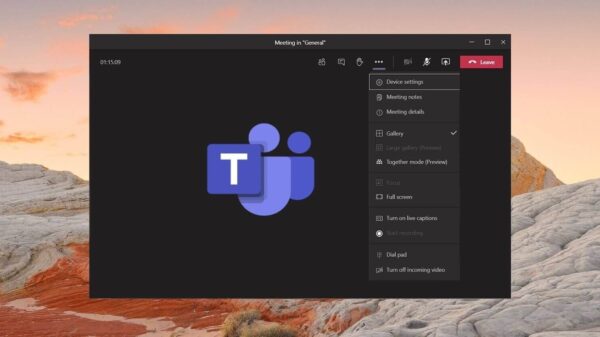You have likely seen admirable certifications on your admired LinkedIn connection. That’s is a digital badge, showing off skills and competency of the respective professional. These have been popular in the past few years. Open badges aren’t a new phenomenon. In fact, they have been here since 2012.
Open badges were introduced by Mozilla’s effort in 2011 with the help of the Mac Arthur Foundation and gradually, by 2013, over 1,450 organizations were issuing badges across the world. Now digital badges in higher education have become mainstream. Today educational institutions, international credentialing assessment agencies, and online courses and open courseware initiatives are issuing badges.
The legacy of the Open Badge initiative, however, now lies with IMS Global. The initiative allows organizations to develop their own tools to provide Open Badges. Providers using Open badges must develop their tools and stay compliant to Open Badge Standard to exchange platforms.
Why are credential badges important in higher education?
Credential badges take a different approach to show proven skills and competence. Badges are established on clearly set competency level which can be easily translated into behavior. Unlike grades – A, B, B+ or 76% which fail to provide a clear indication of competence.
Thus, credential badges provide more trust and require less guesswork when it comes to skill assessment.
How can digital credentials make higher education better?
Badging offers the number of benefits for issuing organizations as well as badge holders. Here are some.
- Proof of skills and competence
Digital badges are awarded upon accomplishment of goals, meeting certain criteria and standards. All of this is digitally linked to the badge and can be verified easily. Unlike result transcripts, badges offer a clearer view of the holder’s competence. - Level of competence
Digital badges in higher education can be earned upon others. Earning multiple badges shows greater depth and level of competence, better than anything else. - Portability and accessibility
Given that digital badges are built to Open Badge 2.0 standard, they can be easily imported and exported across platforms. All while carrying the same information and details as earlier. Opposed to a paper transcript, badges are digitalized. This saves a lot of paper as well. Further, paper transcripts are prone to damage due to spillage and moisture. - Protection against fraud
Badges, further, facilitate a seamless authentication process. It’s a robust protective measure against education credential fraud which plagues the education industry. With the existing process, details of credential holders are protected and safe against and chances of fraud are negligible.
With badges, higher education institutions have found a new way to establish a concrete parameter for skill proficiency. For employers, it solves a major problem, by establishing a robust skills assessment method. As awarding badges is a tech-process, it takes away manual work and improves the efficiency of the entire credentialing process, cutting costs and improving student-institution experience.































































You must be logged in to post a comment Login